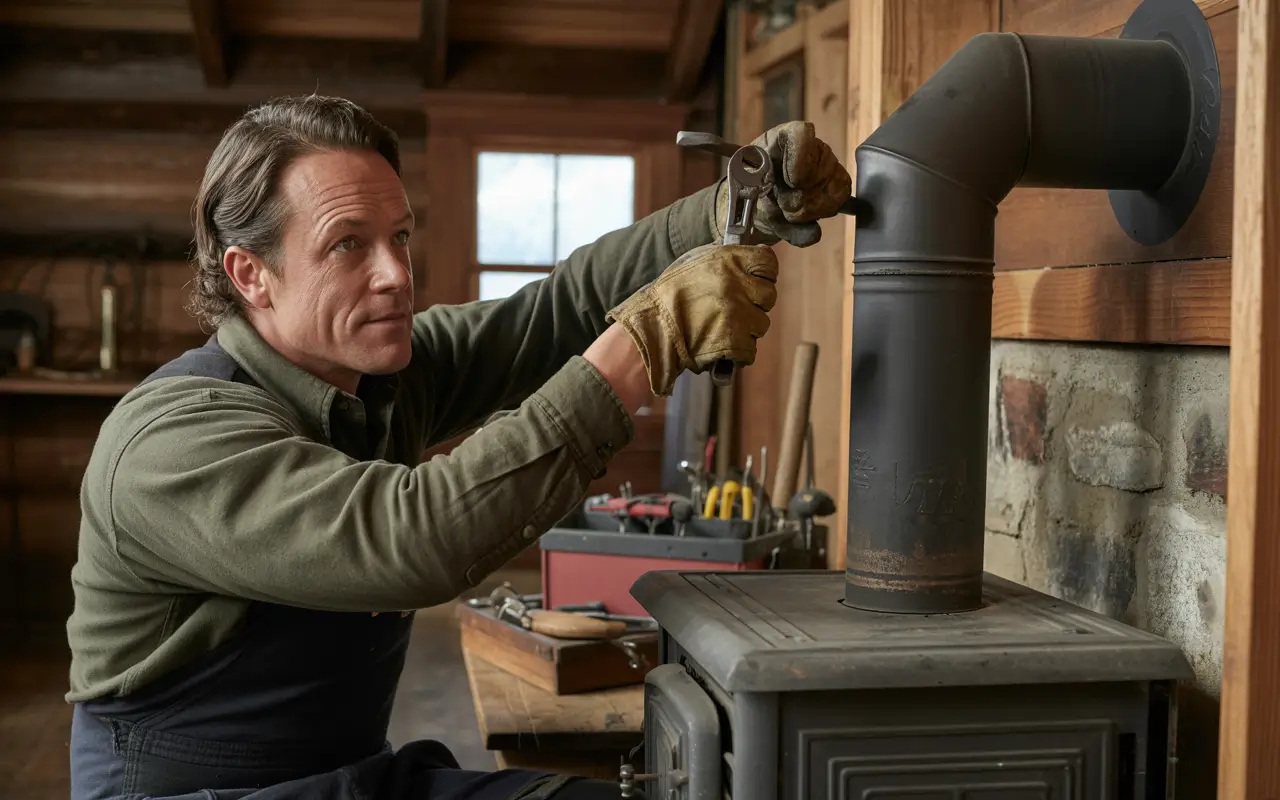Installing a stove pipe might seem like a job best left to professionals — and in some cases, it is. But if you’re a confident DIYer with the right tools and a strong sense of safety, taking on this project yourself can save money and give you full control over your wood stove setup. That said, improper installation can lead to serious hazards like chimney fires, smoke leakage, or carbon monoxide exposure.
So, can you install a stove pipe yourself? The answer is yes — if you know what you’re doing and follow the correct codes and best practices. In this guide, we’ll walk you through everything you need to consider before starting: from choosing the right pipe, understanding clearance requirements, and following fire safety standards, to the actual steps for a safe and legal installation.
Whether you’re working on a cozy cabin, an off-grid retreat, or upgrading your home’s heating system, this guide will help you get it done right — without getting burned (literally or legally).
Can I Really Install a Stove Pipe Myself?

For many homeowners, especially those with a hands-on mindset, the idea of installing a stove pipe yourself is both appealing and empowering. Not only can it save hundreds of dollars in professional labor, but it also allows you to better understand your heating system and feel more in control of your home’s comfort and safety. If you’re already comfortable with tools, measurements, and following technical instructions, a DIY stove pipe installation might feel like a natural extension of your skillset.
However, before diving in, there are several important things to understand. Stove pipe installation isn’t as simple as connecting a few tubes. You need to know what type of stove pipe your system requires (single-wall or double-wall), how much vertical rise you need for a proper draft, and — most importantly — the local building codes and clearance regulations that protect your home from fire hazards. Improper installation can lead to dangerous creosote buildup, carbon monoxide leaks, or even house fires, so your confidence must be backed by preparation and caution.
There are also times when hiring a professional is the smarter, safer move. If your installation requires going through a wall, navigating a steep or metal roof, or dealing with tight crawlspaces, you may be better off calling in an expert. Likewise, if your wood stove is located in a multi-story home or a structure with complex ventilation requirements, professional help ensures that the system meets both manufacturer specs and local code. In many regions, hiring a certified installer is mandatory if you want to keep your warranty intact or your insurance valid.
Even experienced DIYers fall into some common traps when installing stove pipes. Misjudging clearance distances from combustible walls or ceilings is one of the biggest — and potentially most dangerous — mistakes. Using the wrong type of pipe (for example, stove pipe instead of chimney pipe in venting sections), overusing elbows that restrict draft, or failing to seal pipe joints properly are all errors that can lead to costly repairs or safety risks. Avoiding these pitfalls starts with good planning, proper materials, and a healthy respect for fire safety.
So, can you install a stove pipe yourself? Yes — if you take the time to learn, follow code, and know when to ask for help.

